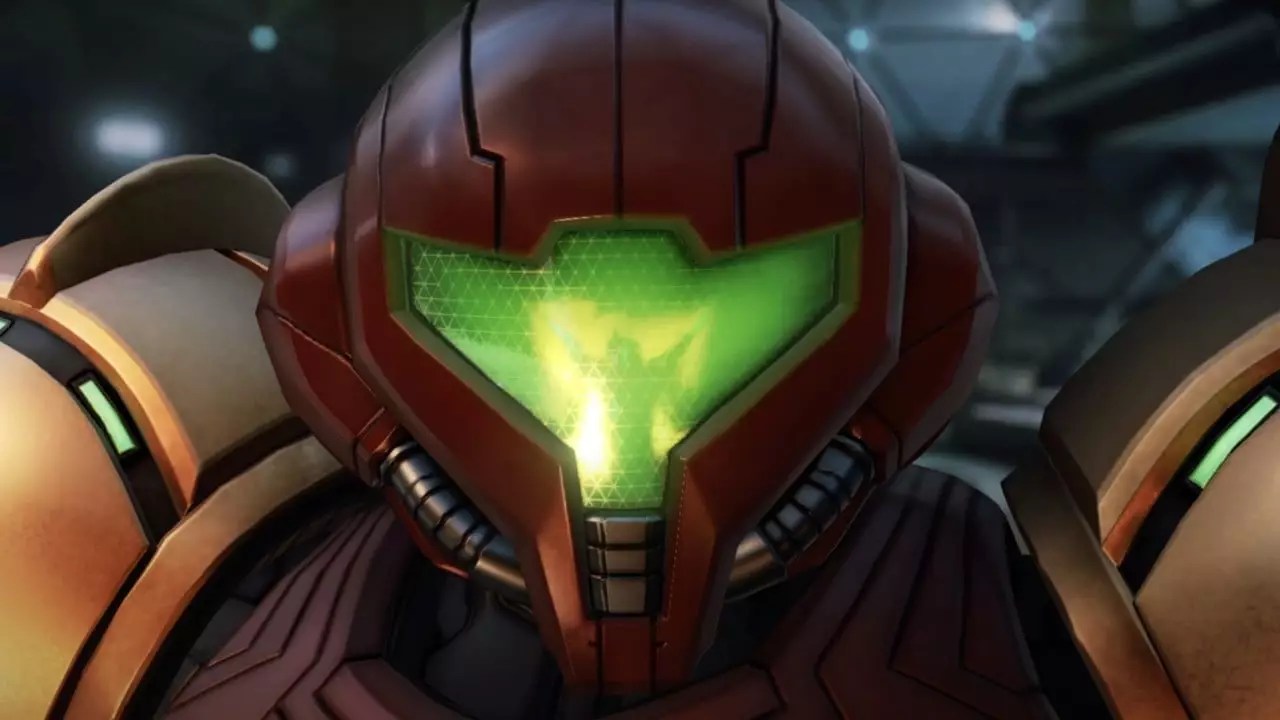The recent announcement of Capcom’s Fighting Collection 2 has generated a significant buzz among gaming enthusiasts. Indeed, the allure of revisiting classic titles, particularly those like Power Stone 1 and 2, remains a testament to the enduring nostalgia tied to older gaming experiences. However, as gamers look forward to the convenience of 1080p and 4K resolutions on modern consoles, it begs the question: do these ports capture the essence of their original forms? While the digital convenience of playing classic games on systems like the Nintendo Switch or PlayStation 5 is appealing, one cannot deny that experiencing these titles on the original Dreamcast remains unparalleled.
One of the primary concerns that arises with remastered or ported versions of retro games is input latency. Often, modern systems struggle to replicate the seamless control mechanisms that defined gaming experiences on older hardware. In the case of Power Stone, the realities of modern technology could lead to discrepancies that diminish the authenticity previously enjoyed on devices like the Dreamcast. The responsiveness and feel of controlling characters on a CRT screen, particularly through a controller paired with a Visual Memory Unit (VMU), creates a unique experience that cannot simply be emulated on contemporary flat-screen displays.
The Limitations of Modern Technology
While OLED technology and high-definition outputs present visual enhancement, they often fall short in translating the old-school gaming experience. The motion blur associated with OLEDs, particularly in fast-paced first-person titles, can be disorienting. Furthermore, the absence of gyro motion aiming and the integrated controller designs that characterized the Nintendo Wii diminishes the fluidity that players enjoyed with experiences like Metroid Prime 3. Those who cherish immersive gameplay may find it frustrating when adaptations compromise the features that originally made these games revolutionary.
As excitement for upcoming games like Metroid Prime 4 dwindles among fans, scrutiny on recent releases intensifies. The perception that the Prime Remaster on the Switch felt formulaic rather than innovative raises concerns over the future of such franchises. Indeed, if modern adaptations lack the creative vigor that initially sparked fan fervor, potential buyers might lean towards experiencing titles in environments that elevate gameplay, such as virtual reality.
Critical attention is also warranted in evaluating modern adaptations of beloved franchises, like Donkey Kong Country Returns HD. Although the removal of awkward motion controls is a positive step, gameplay mechanics must still resonate with the fluidity and precision of earlier titles. Compared to the smoothness of the original Country trilogy on the SNES, the heavier feel of characters in newer adaptations can lead to disappointing experiences for long-term fans.
Ultimately, the success of retro game collections lies in finding a balance between the nostalgia that draws players in and the innovation necessary to keep gameplay engaging. While modern consoles provide convenient access to treasured classics, the essence of these experiences must be preserved or even enhanced for them to hold the same impact as they did in their original formats. As gaming continues to evolve, the challenge will be forging pathways that honor the past while boldly stepping into the future.


Leave a Reply